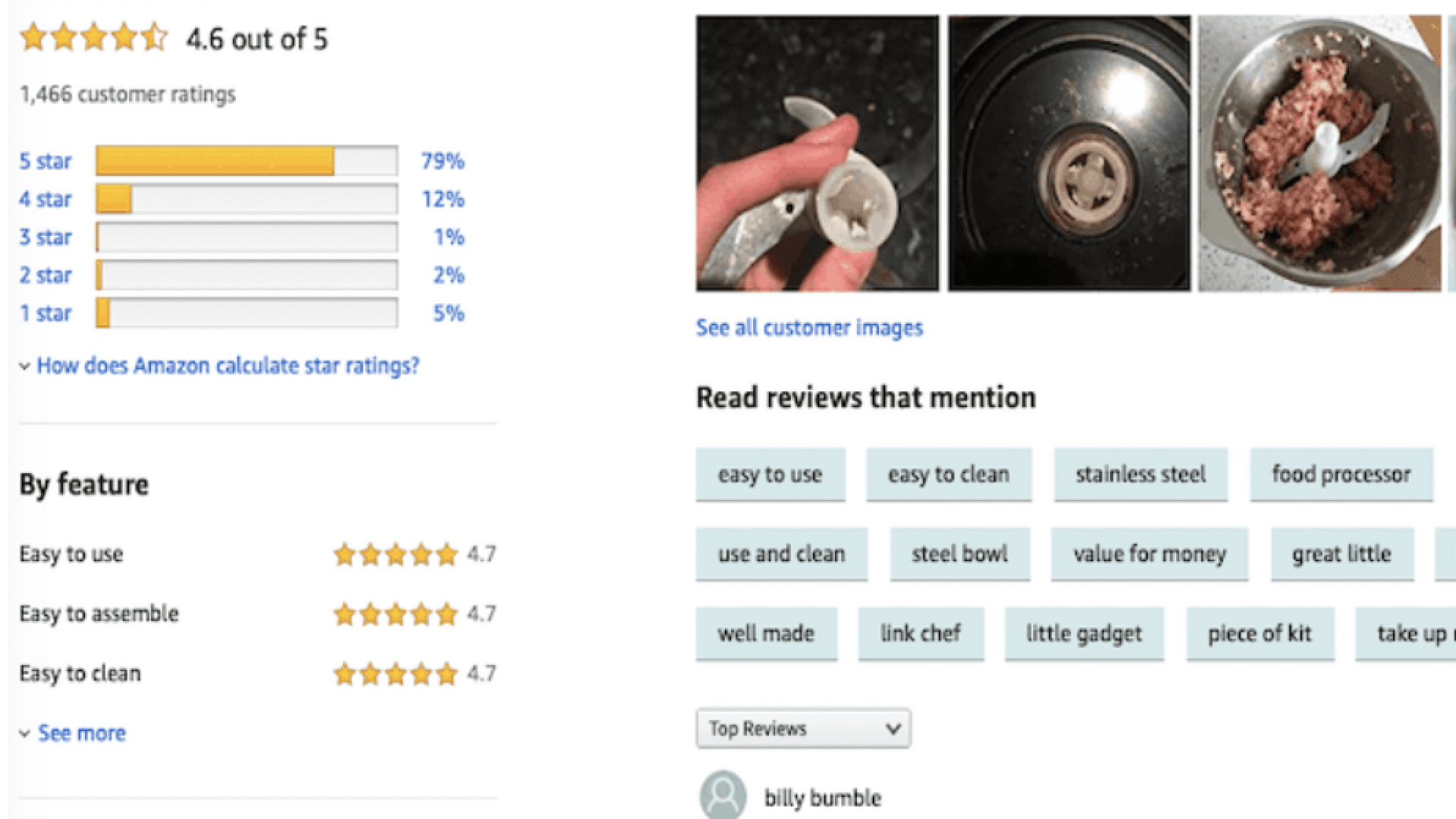As an ecommerce seller, navigating the world of Amazon FBA can undoubtedly seem like a labyrinth. Though rewarding in various aspects, it comes with its fair share of challenges. Among these, managing and coping with negative feedback is particularly pivotal. The very success of your business could hinge upon how effectively you handle this critical aspect.
Negative feedback refers to less than favorable comments or reviews provided by your buyers. It can result in a downturn in your product ratings & affect your seller performance metrics. And, as you might already know, flourishing in the competitive Amazon FBA landscape requires continuously maintaining high standards. Hence a sound strategy for managing negative feedback is prerequisite for this journey.
Your reaction to negative feedback is a barometer of your professionalism. Take it as an opportunity rather than an obstacle. It provides an in-depth understanding into your business’s shortcomings, highlighting the areas requiring improvement. This is nothing less than valuable data about your business that can be leveraged to rectify faults and enhance the customer journey.
It’s crucial to respond to negative feedback promptly. Agile action demonstrates to your customers that you care about their experiences. Not only does this nurture a positive relationship with your customer, but it also signals to prospective buyers that your business operates with high standards of customer service.
When addressing negative feedback, the key is empathy. Ecommerce is heavily depersonalized, and hence a human touch goes a long way. Convey a sense of understanding and concern for the customer’s issue, encouraging them to share more details. This builds rapport & facilitates better resolution of the problem.
It’s also worth realizing that not all negative feedback will be understandable or just. Sometimes, it might reflect a mismatch of expectations rather than a fault in your service or product. Nevertheless, maintaining a composed demeanor and engaging in a constructive conversation often lead to productive outcomes.

However, there could be instances where a customer’s feedback doesn’t adhere to Amazon’s guidelines. In such cases, you can request Amazon to remove it. Amazon provides a well-structured route for such appeals, but it should be seen as last resort when the feedback is downright abusive or violates the terms of service.
Negative feedback can also be a boon in disguise if the criticism is constructive. It provides a chance for you to refine your product or service, tailoring it further to suit your customers’ needs. Learning from feedback is essentially the backbone of growth & innovation in the ecommerce space.
Cultivating a robust return and refund policy can safeguard you from a considerable degree of negative feedback. Buyers appreciate knowing that a fallback is in place if a product fails to satisfy their needs. Thus, a comprehensive, easy-to-understand policy can turn potential negative feedback into constructive communication.
The packaging also plays an important role influencing a customer’s initial impression of your product. It has a significant impact on how your brand is perceived. Ensuring quality and safe shipping reduces the likelihood of receiving negative feedback related to product damage, making it a vital part of your overall customer experience
Also, never underestimate the power of detailed product descriptions. A precise product outline acts as the first line of defense against negative feedback. It helps manage customer expectations by giving them a clear idea of what they’re buying. This reduces the gap between anticipation & reality, leading to fewer disappointments.

Being proactive in seeking feedback from your customers is an excellent practice. Encourage them to openly share their experiences with your products. By doing so, you create an environment where improvement is encouraged. Plus, the possibility of early detection of a recurring problem increases, allowing for proactive rectification.
Don’t let minimal amounts of negative feedback dishearten you. It’s quite natural even for the most successful businesses on Amazon. Learn to differentiate between the helpful & unhelpful negative feedback. Discern, understand, act, and remember, the ultimate goal is to enhance your customers’ experience.
Lastly, consider employing professional-grade services designed to help manage your Amazon FBA feedback. These services are useful to monitor customer feedback, facilitate quick responses, and provide strategic guidance about how to respond to different kinds of feedback.
To summarize, coping with negative feedback is an inherent part of being an Amazon FBA seller. It’s a journey filled with lessons of continuous improvement in quality, customer relations, and finesse in product description. So, embrace it with a positive attitude; after all, it’s a road that leads towards ultimate success in your ecommerce journey.



